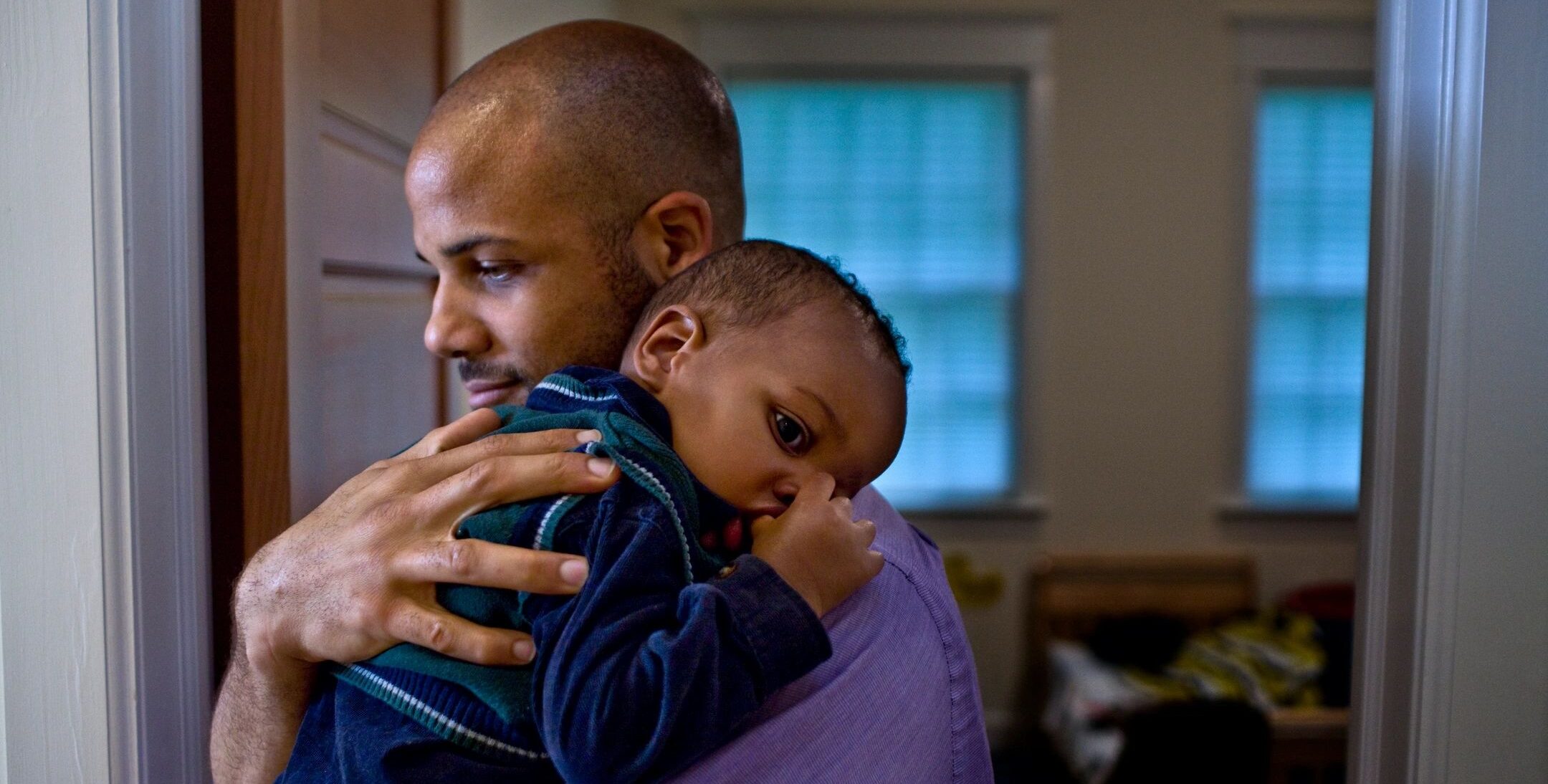In one of our last posts, we talked about the importance of avoiding screen time for children under 2 years old. Today, I want discuss an interesting study that looks at screen time and cultural differences.
With a TV in almost every house, children’s contact with television has increased a lot in the last few years. Screen time has been used for a variety of reasons and several studies have been addressing the negative impact on children’s behavior and development.
The American Academy of Pediatrics (AAP) has some recommendations regarding children’s screen time:
- Digital media should be avoided for children under 18 months.
- Parents should look for high-quality and age-appropriate programming – especially for children between 18-24 months.
Do you know why most studies emphasize that children under 2 should not watch TV? Especially in the first two years, children need hands-on exploration and social interaction. They also rely on their caregivers to explain the world and help them to explore. The interactions in the first two years help them to develop cognitive, language, motor, and social-emotional skills (AAP).
A study published in 2021 by Desmarais and collaborators looked at whether time spent watching TV was associated with more negative behaviors (negative emotionality, emotional reactivity, aggression, low levels of soothability, and attention problems) in different countries. They collected data from parents of toddlers ages between 15 months and 40 months from 14 countries (United States, Brazil, Spain, Mexico, Italy, Russia, Finland, Romania, Belgium, the Netherlands, China, South Korea, Turkey, and Chile).
Researchers found that time spent watching TV was associated with increased ratings of negative behaviors in all countries and cultures. Curiously some behaviors like attention problems and soothability had different results levels depending on the country.
- Spain had a less strong association between screen time and dysregulation compared with other countries.
Why did they see this cultural difference?
The authors did not have a straightforward answer to that, but they hypothesized that Spanish families might have more interaction during screen time than Netherlands families (called “co-viewing” when you watch TV with your child). While this could be one of the reasons, other things must be taken into account. Like the type of TV show, the type of media the child is exposed to in general (not only TV), the time spent away from a screen, the child interactions with the caregivers, and how much time the kid spends in nature and exercising. More research is needed to understand the cultural differences.
Although research provides us with important knowledge, caregivers should be mindful of their own socioeconomic, emotional, and physical situations and adapt the advice to their reality.
Sometimes the use of TV it’s important for some parents, but the important message is that it should not substitute all the other interactions. If you need to use screen time with young children, here are some key points to take into consideration:
- Choose an age-appropriate show. Some important things are the speed of the show, the type of the show, and the content (we have a podcast episode and an Instagram post with more tips).
- Limit the screen time to a maximum of 2h a day.
- If possible, try to spend the same amount of screen time (even double) having interactions. Talking, playing, and going for a walk, these interactions are important.
- If you need screen time, try to make it more interactive. Ask questions, analyze the situation and try to make your child see something that is not obvious.
Try this alternative
The next time that you need to use screen time (to finish work or for personal time) allocate the same amount of time for quality time (with full attention) with your child that day. Don’t forget to also try to incorporate some of the other’s key points mentioned above!













